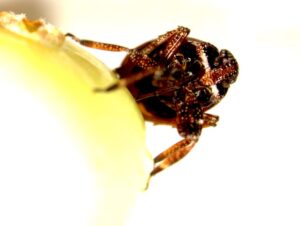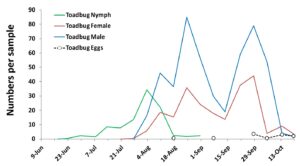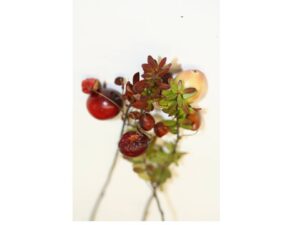Spotted Lanternfly (SLF) sightings are increasing on many NJ farms, especially as customers from across the tri-state area visit agritourism and pick-your-own operations, contributing to the spread of this invasive insect. Accurate reporting is important for understanding the movement of this pest and for developing a comprehensive management plan.
SLF sightings should be reported to the NJ Department of Agriculture using their online reporting tool: https://www.nj.gov/agriculture/divisions/pi/prog/pests-diseases/spotted-lanternfly/#reporting-tool
If the sighting was in a known quarantine county (Burlington, Camden, Gloucester, Hunterdon, Mercer, Salem, Somerset, or Warren) you do not need to fill out the report.
Additional resources for managing SLF on your farm can be found at:
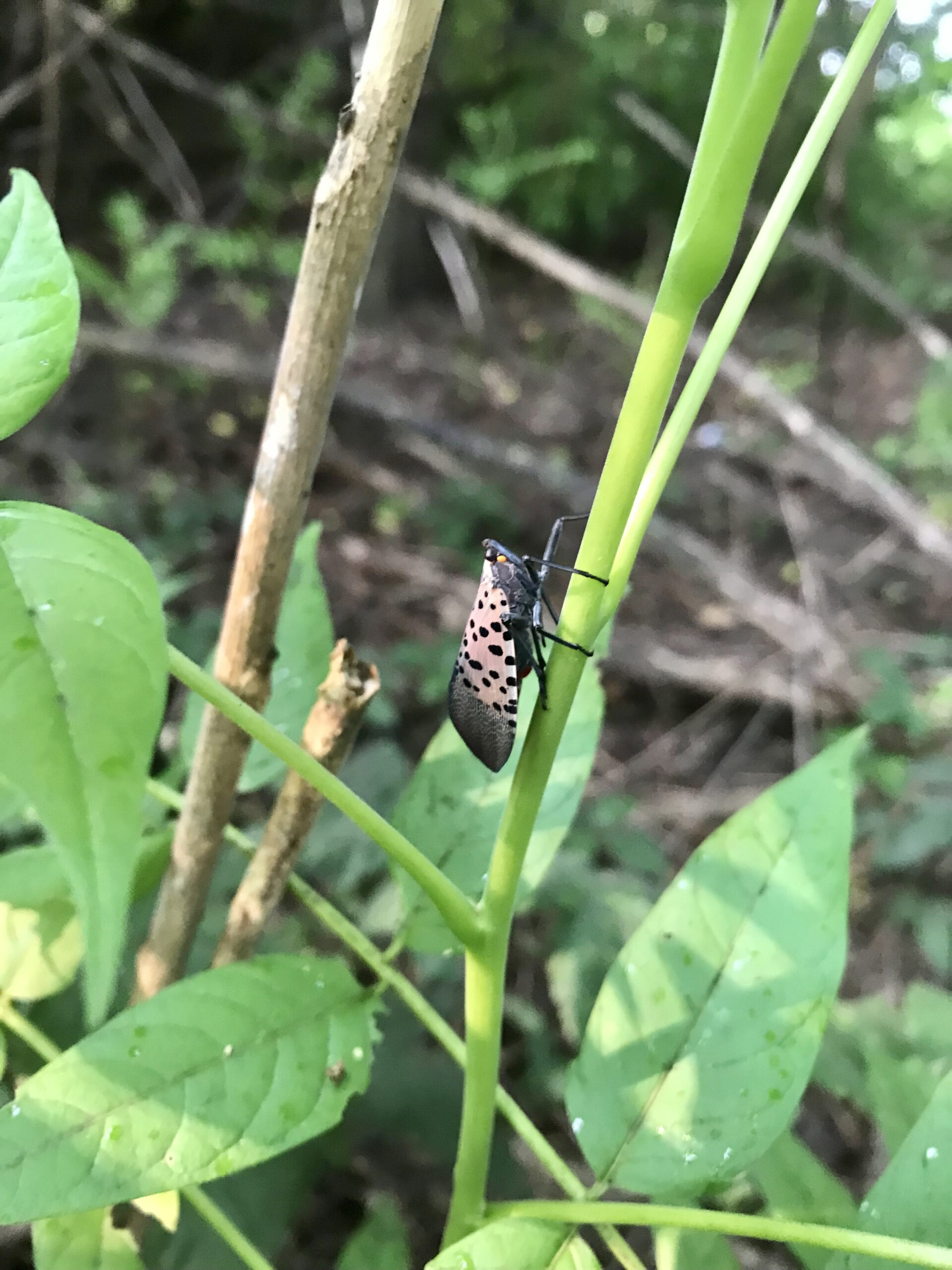 Right on time with last year’s observations, adult spotted lanternflies (SLF) were found in Pilesgrove (Salem County) NJ. In 2020 adults at the same location were found on July 23 so despite the earlier hatch observed in May, the phenology is right on track.
Right on time with last year’s observations, adult spotted lanternflies (SLF) were found in Pilesgrove (Salem County) NJ. In 2020 adults at the same location were found on July 23 so despite the earlier hatch observed in May, the phenology is right on track.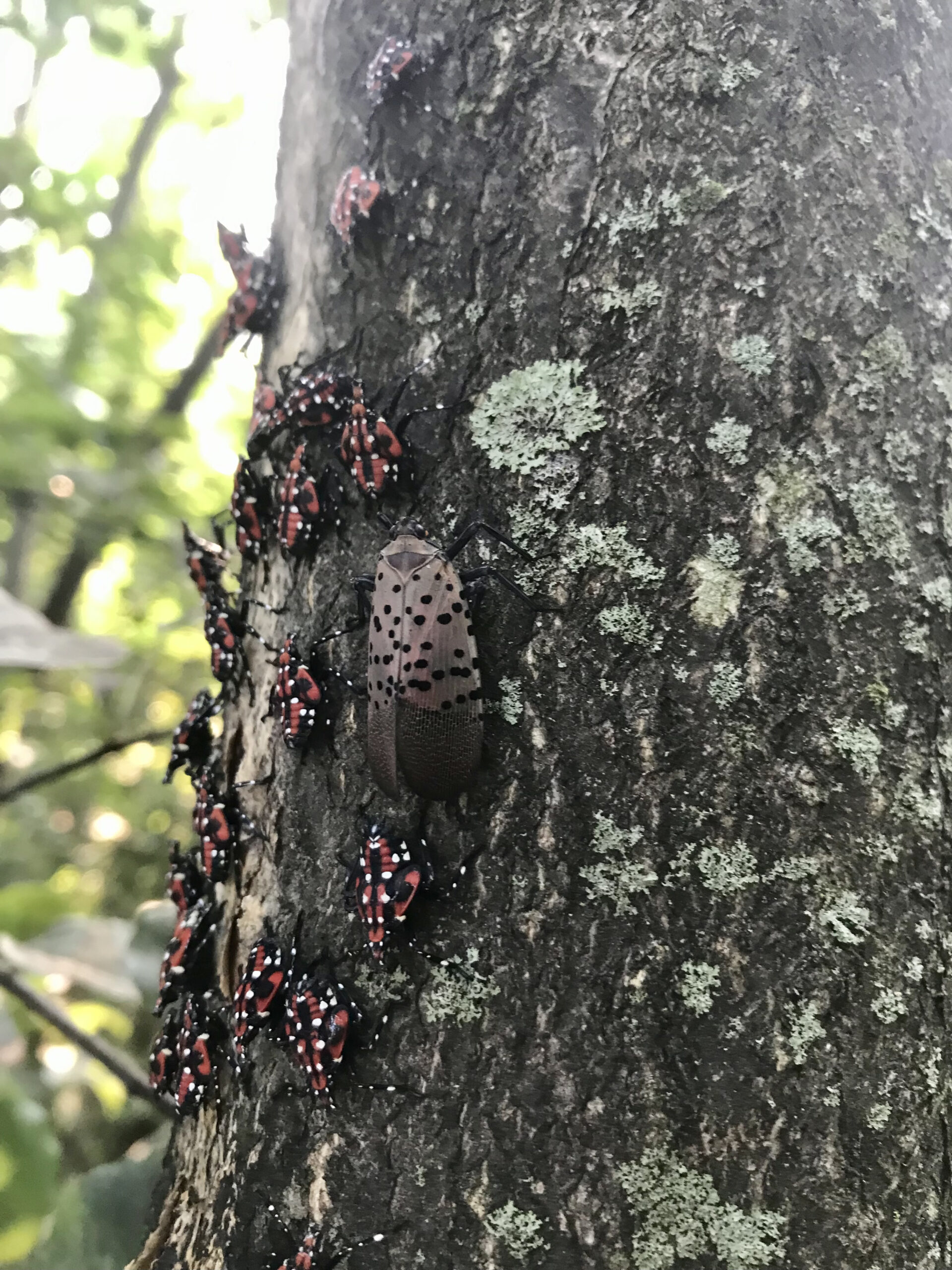 In 2020, adults dispersed in large numbers to commercial vineyards around September 4. I think this dispersal is a combination of depletion of resources (they are literally sucking the sap out of trees) and density. As NJ populations of SLF increase, they are depleting food resources faster. I expect this movement from wooded areas to vineyards will happen earlier this year, likely mid August. There will be a few bugs here and there, but commercial vineyard managers should wait to apply insecticides until you see the larger influx. Across sites, the 10 adults/vine threshold was reached around the same time last year – although some vineyards had much larger numbers per vine – so this is a good threshold to use for now. I will post management recommendations for the adults soon!
In 2020, adults dispersed in large numbers to commercial vineyards around September 4. I think this dispersal is a combination of depletion of resources (they are literally sucking the sap out of trees) and density. As NJ populations of SLF increase, they are depleting food resources faster. I expect this movement from wooded areas to vineyards will happen earlier this year, likely mid August. There will be a few bugs here and there, but commercial vineyard managers should wait to apply insecticides until you see the larger influx. Across sites, the 10 adults/vine threshold was reached around the same time last year – although some vineyards had much larger numbers per vine – so this is a good threshold to use for now. I will post management recommendations for the adults soon!